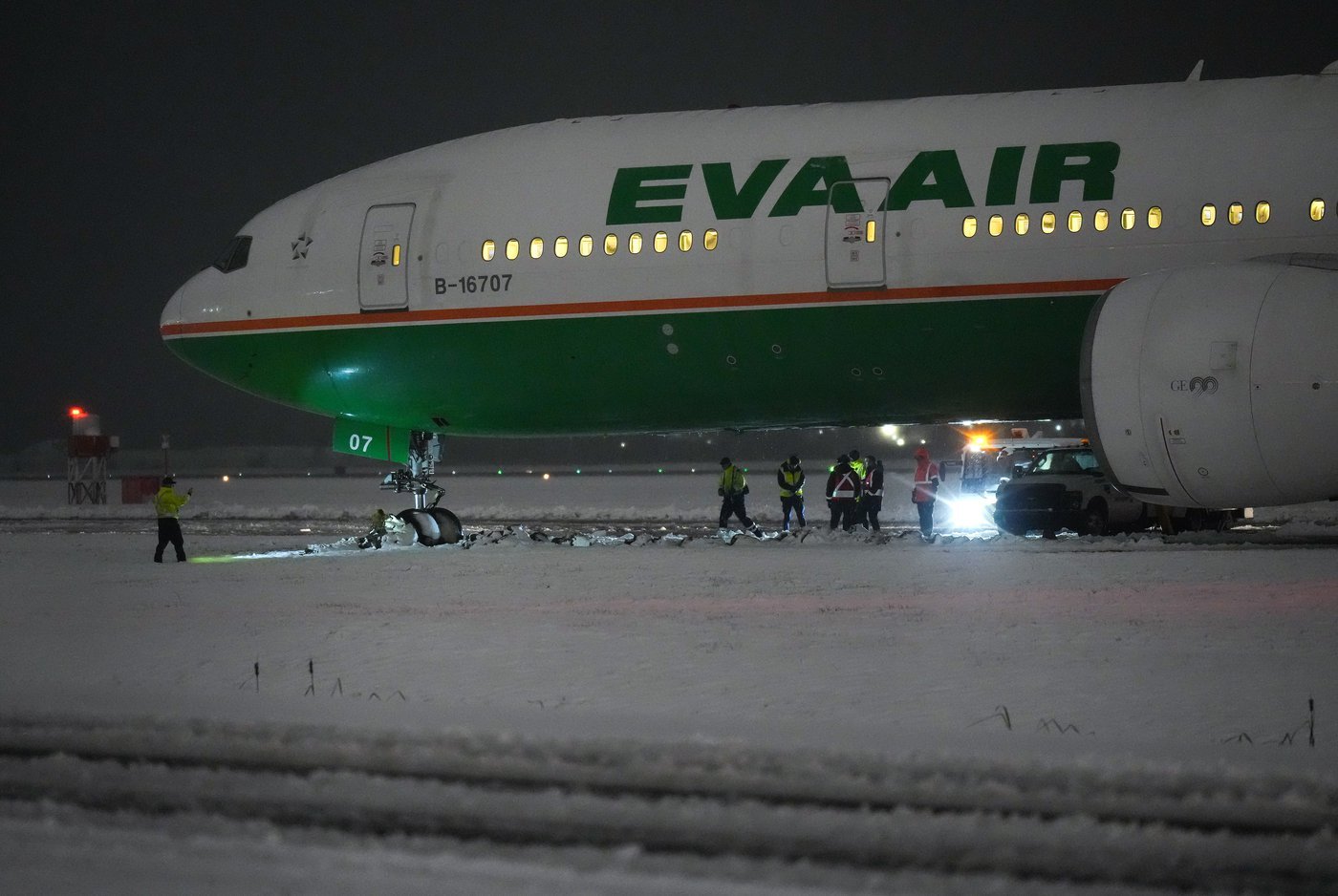When Bharanisai Madhusudhan stopped at the grocery store on his way home from work Tuesday afternoon, he expected the trip from Vancouver to Surrey to take him about 45 minutes.
Instead, it would be nearly 12 hours before he arrived home.
“If I had walked to my home, I would have reached there about four hours earlier,” he said.
Madhusudhan was among a gridlock of drivers trapped in their vehicles as a fierce storm blanketed much of British Columbia’s south coast and Vancouver Island with up to 25 centimetres of snow, causing traffic chaos, power outages and airport delays.
Several crashes blocked the Alex Fraser Bridge, one of the main arteries over the Fraser River, for hours.
Madhusudhan said he could see the bridge from his spot in the traffic jam, but there was no way for him to turn around.
He says he saw drivers travelling with infants and spoke to one senior who was worried about running out of his medication. Abandoned vehicles on the side of the road suggested some people had decided to leave their cars and walk.
The frustration from drivers was palpable, he said.
“Actually, it was scary because the last thing you want to do is get stranded on the top of a bridge and just wait for a towing vehicle, which was also not possible because a lot of towing vehicles were stranded as well,” he said.
While those looking in from the outside might say those drivers shouldn’t have been on the road, Madhusudhan said that’s not possible for many people.
“I get that, you know, but it’s bread and butter for us as well. We didn’t really want to travel, but we didn’t have an option. We have to go to work,” he said.
He said the government could have done a better job preparing for the storm that it knew was coming and of notifying people when the bridge was being shut down.
Officials with the Ministry of Transportation were expected to provide an update on the situation Wednesday.
Environment Canada lifted snowfall warnings Wednesday for Vancouver Island and Metro Vancouver but was predicting up to 10 centimetres more over the Fraser Valley and along the Sea-to-Sky corridor between Squamish and Whistler.
Snowfall warnings for parts of southeastern B.C. remained with another 15 centimetres forecast, and wind or arctic outflow conditions were also posted for the north and central coasts.
Rising temperatures around Metro Vancouver aided snowmelt, helping crews clear the many buses, trucks and cars stranded overnight by the icy conditions.
By Wednesday afternoon, BC Hydro said it had restored power to most of the 93,000 customers who had their power knocked out by the storm.
Officials at Vancouver International Airport said the EVA Air jet that skidded off a taxiway after landing late Tuesday, had been removed within hours, allowing the north runway to reopen.
No one was injured and passengers were taken off the plane and shuttled to the terminal on buses after being stuck on board for about three hours.
Power outages and treacherous roads also forced numerous school districts to cancel classes on northern and central Vancouver Island and in the Fraser Valley.
Environment Canada data shows temperatures across the south coast were expected to dip below zero again by Wednesday night.
This report by The Canadian Press was first published Nov. 30, 2022.
Related


































